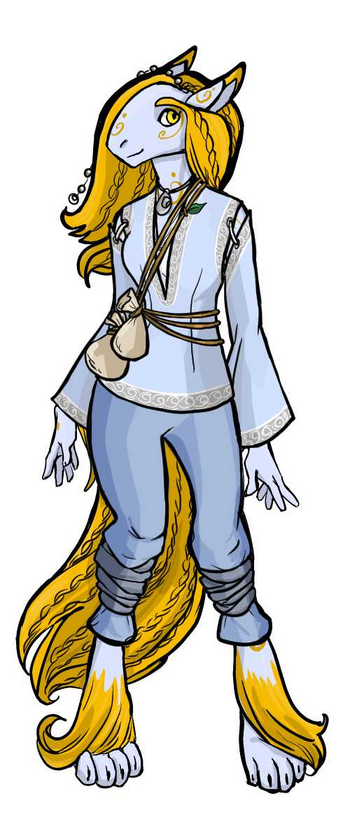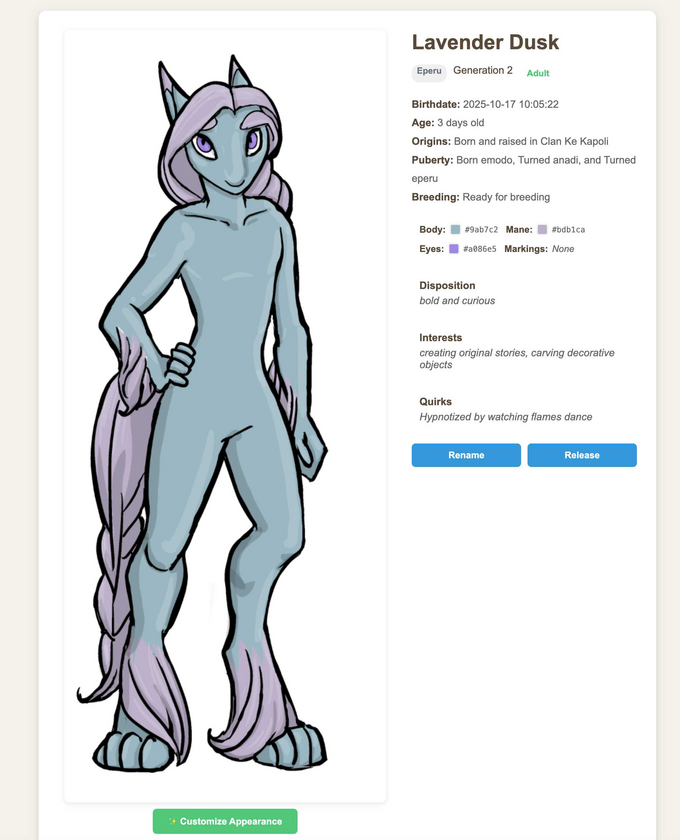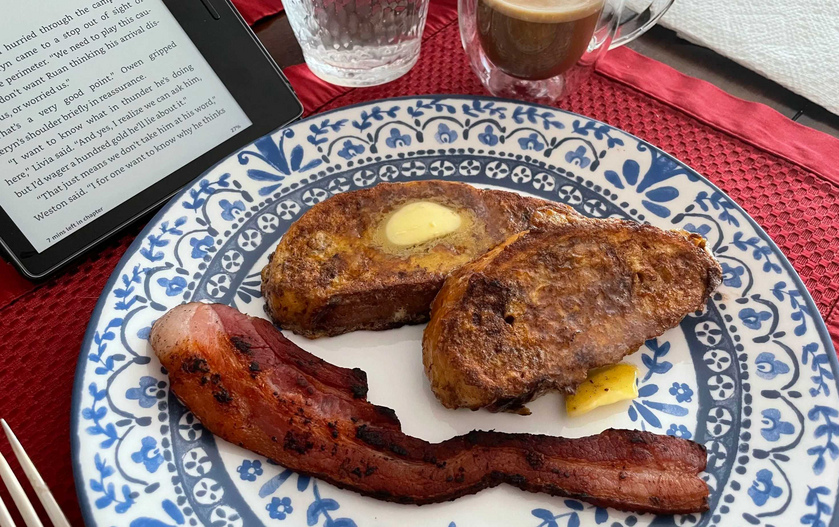(I am duplicating it here because the comment section is better, but this entry is slightly easier to read on patreon: https://www.patreon.com/posts/65377653)
I was asked recently “how do you keep track of 50+ books from a file system perspective” and I realized… that’s a good question, and the answer is going to be specific to the author in question. But I can tell you why I chose my method, and maybe the why will lead people to ask the right questions for themselves.
Because I write multiple series in multiple settings, my organization system is based on a hierarchy, and it starts at the very top with whether a setting is Major or Minor. I had to make this distinction because otherwise, organizing my Projects folder alphabetically would put some of the least used settings at the top, instead of the settings I use all the time. So the list begins like this:
MAJOR-Peltedverse
Minor-Archipelago
Minor-Childrens Books
Etc. That ensures that the setting I use the most is at the top of the least.
For a minor setting with only one series, the folder once opened gives you this:
Minor-SettingName > NameofBook1
Minor-SettingName > NameofBook2
Where the folders are named after the books. If the book has only one edition, the novel folder will contain its drafts, its ebook and print layout files, its audiobook files, and its cover and developmental art. (If there are enough files, they get separated into folders, too: Art, Audiobook, Ebook, Print, etc).
My largest setting, the Peltedverse, has separate “arms” (Eldritch, Stardancer, Faulfenza) that contain multiple series, so its MAJOR-Setting folder dedicates a folder to each arm. Those folders contain the multiple series that fit into that part of the universe, and will have separate folders for each novel within the series, with its developmental art, drafts, audio, cover art, etc.
All this means when I open a specific novel’s folder (no matter how deep in a setting it is), I’ll always have its cover art, drafts, ebook and paperback layouts, and developmental material in one place… which is a necessity because those are the bare minimum things I need to issue that story as a product, which is important to me as the businessperson/publisher. However, the folder structure will show me that story in the context of the setting and related stories that it exists alongside of, which is important to me as the writer.
The point, then, of the schema is twofold:
1. Help me find the stuff I work on most often, quickly.
2. Help me see the stuff I work on in relation to the other things that relate to it.
The ‘in relation to’ need is a powerful one. For a while, I had one of my settings organized so that each novel was hidden in the folder of its series, but the events in those series interwove and I discovered it was hard for me to hold it in my head without seeing it. So while a lot of my settings are organized like this:
SETTING > SERIES1 > Novel 1
SETTING > SERIES2 > Novel 1
That particular setting is organized like the first image I uploaded.
SETTING > SERIES 1-Novel 1
SETTING > SERIES 2-Novel 1
So that all the novels are visible in the setting folder, but are kept in order because the folder name puts the series name first. It looks like the second image I uploaded.
For some reason, seeing all the novels exploded out this way without having to dig into the series helped clarify for me, mentally, as a storyteller, that the books were interrelated and couldn’t be treated as separate elements with no relation to one another. Maybe it’s because the file structure makes it feel lie one enormous series (which it is, sort of), rather than five or six separate ones. But it’s the only folder I have organized like this. The rest of them look more like this:
Though please don’t do what I do and name your novel folders after your working titles, because it makes searching for things a pain in the tail. >.>
I don’t want to make it sound like my file system is perfectly sorted. I’m constantly adjusting it; for instance, the realization that several of my books now have multiple editions (first edition, second edition, tenth anniversary edition, special Kickstarter edition, etc) has made it important for me to be able to find the most recent/pertinent version. I recently reorganized two of my most commonly used folders so that I don’t accidently use an old edition’s file when I’m making changes: that was a bit of an adventure.
Similarly, my file structure changed when I went from hiring out for print layout to getting software to generate my paperbacks. The software creates an ebook and paperback layout from the same master file, and creates its own file structure that separates those into different folders… so while I used to have ‘Ebook’ and ‘Paperback’ folders that contained multiple drafts of each of those things, now I have a folder with a master file and the generated files, and sometimes that can become a nesting nightmare if I’m not careful. I’m still figuring out how to handle that one.
My other current issue is cover art—I had cover art sorted into the novel folder, which is great until you want to refresh the entire series’s covers. All of a sudden you’re digging into six different folders to get at each file, when it would be easier if they were all in one place… so I’ve started reorganizing cover art into a series-level folder, rather than a novel-level one.
For this reason, I’d say be mindful of your pain points. Your frustrations (“I can’t figure out which of these files is the most recent edition!” “I can’t find the audiobook cover, it’s not in the cover art folder, why did I put it in the audiobook folder with the audio files??”) will demonstrate your needs more clearly than any attempt at top-down organization (though of course, starting out with something you think will work is a good idea; you can modify it from there). Also, understand that as your career evolves (or your body of work grows, or both), your file system may have to change. Before I’d published anything, I didn’t need to address any of the concerns that having ebook/paperback/special editions created. I didn’t care about cover art. What mattered was having the drafts and developmental art in one place.
Granted all these things, here’s my checklist for getting started:
1. Start with a system you think will work.
2. Be mindful of your pain points and modify your system to address them
3. Be willing to change your schema as your career evolves or your oeuvre expands
Note that file systems can be aspirational. If you’re working on Book 1 of a series, creating a series folder and making folders for the future installments in the series (and maybe dropping notes for them in those folders) can sometimes give you a boost, mentally/emotionally. There have been times I’ve browsed my projects folder and found a mostly-empty folder for a project I thought I might want to do in the future, and discovered that the notes I’d left in that folder (no matter how minor) were exciting and made me want to get back to that project.
From a practical point of view, you should make sure you conduct frequent back-ups. I have cloud copies of my projects folder, and offline backups. I just drop the whole ‘Projects’ folder and that takes care of everything.
In sum: your file system has to serve your needs as an author, and a writer who intends to write nothing but standalones (and maybe has only finished one or two) is not going to have or need the same kind of file system an author with multiple series in interlocked universes might. Your file system should reflect your writing plans; to some extent, you can use that organizational schema to mold those plans, as well. Start by asking yourself what you intend, and build from there.
Do you have an organization schema for your writing files? Tell me about them! I’m always looking for new ideas!

























